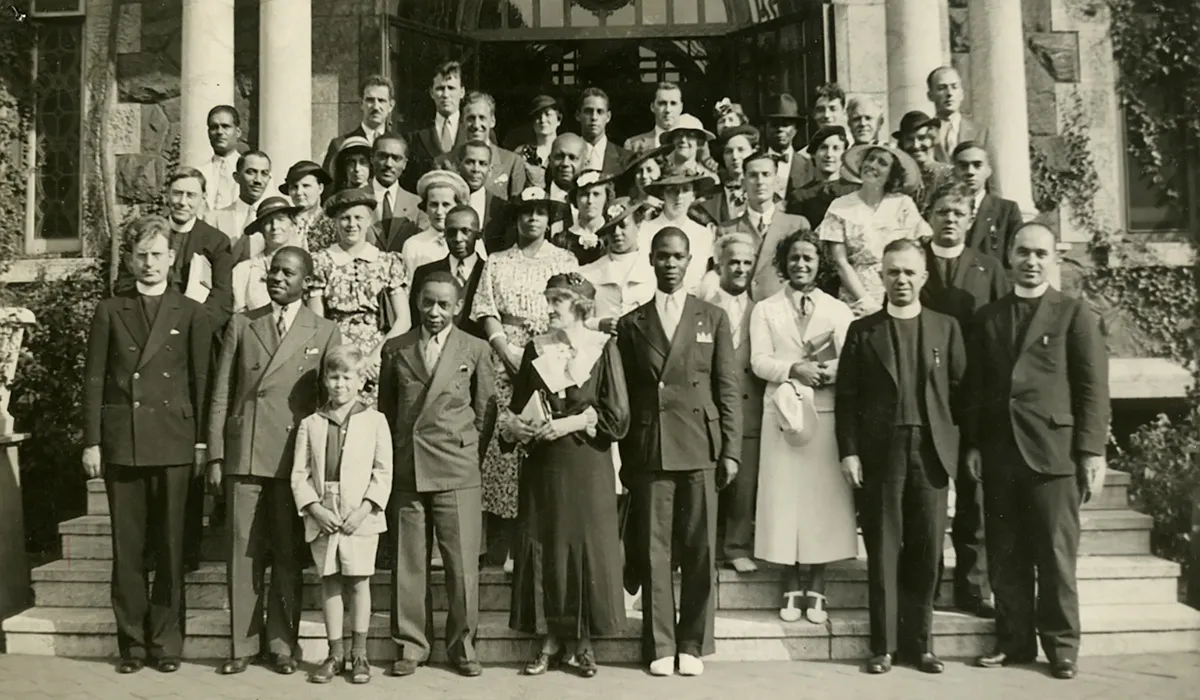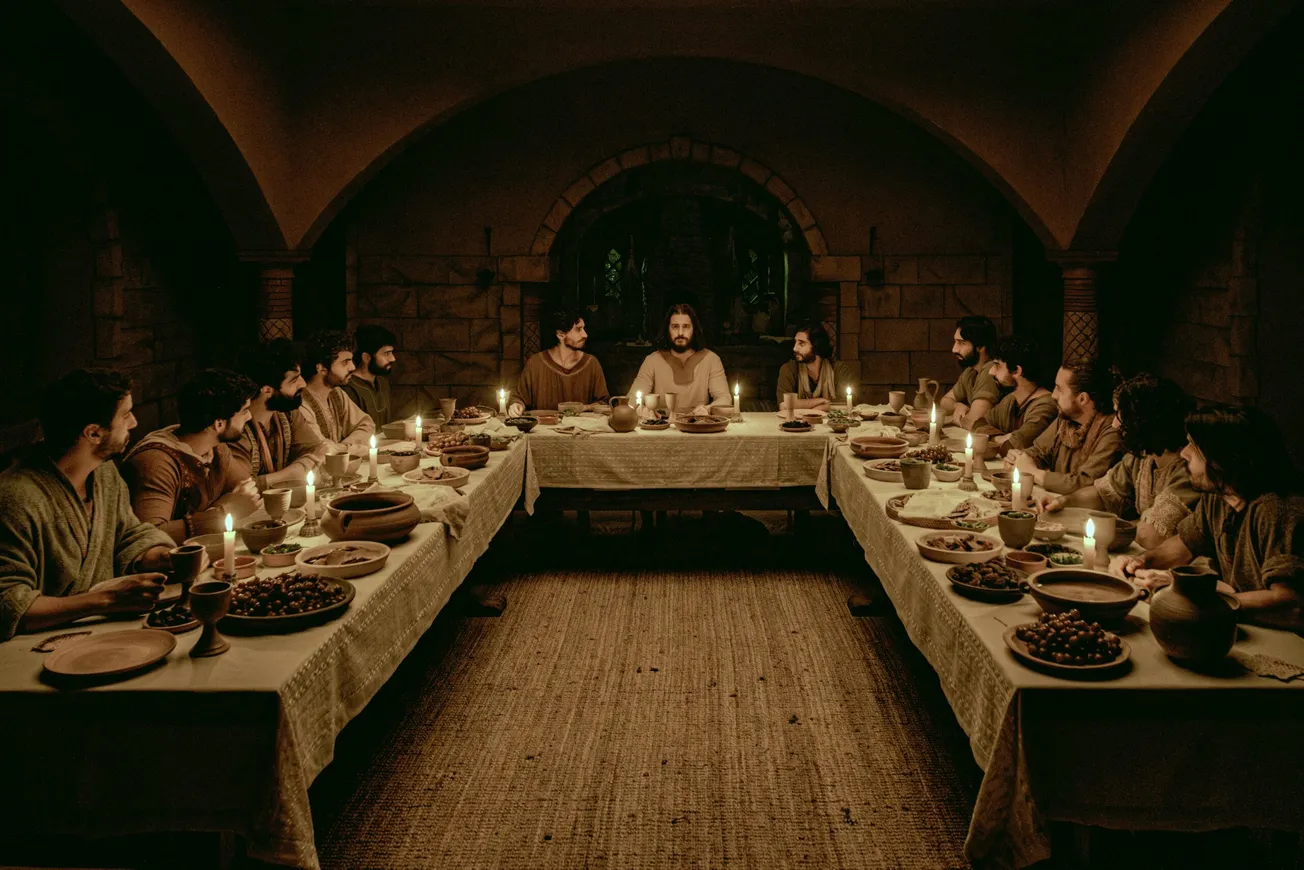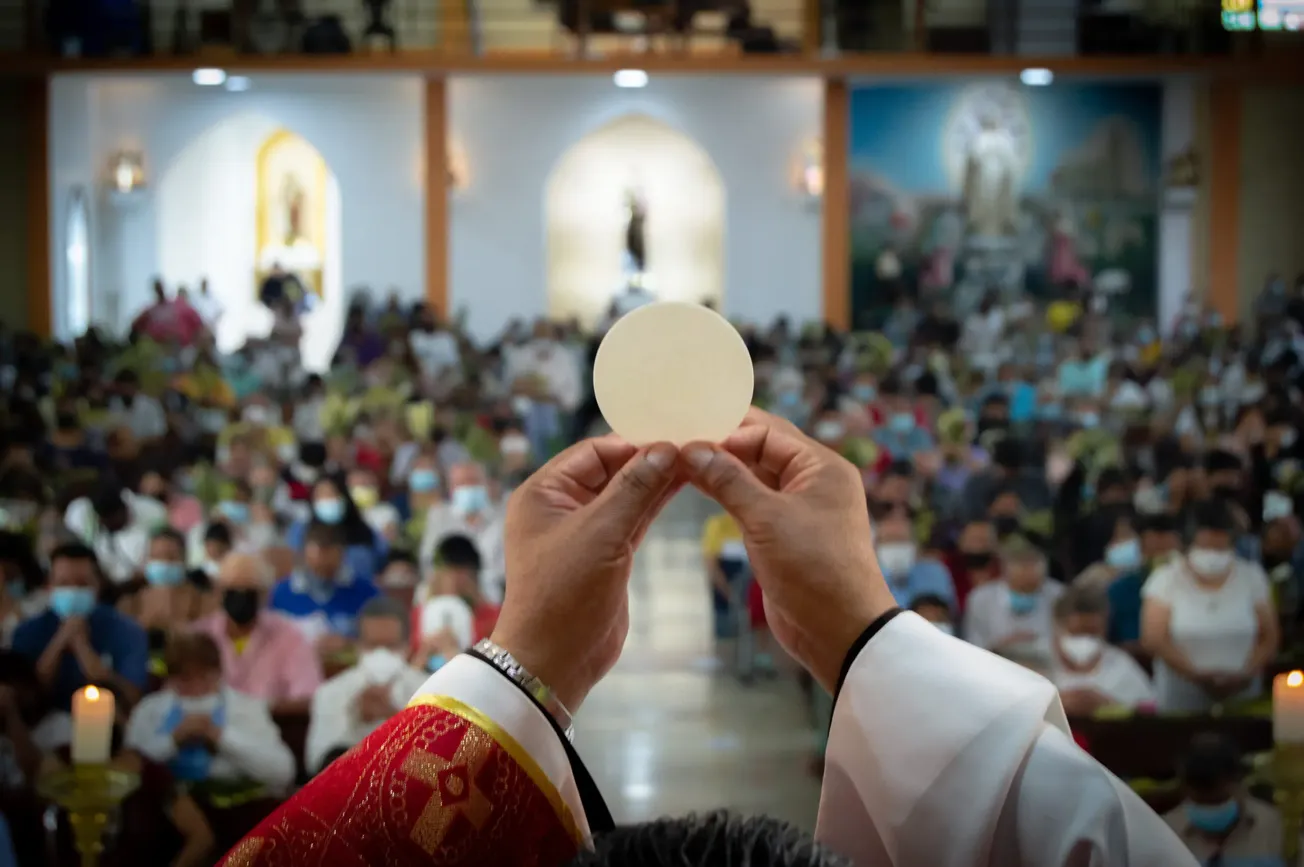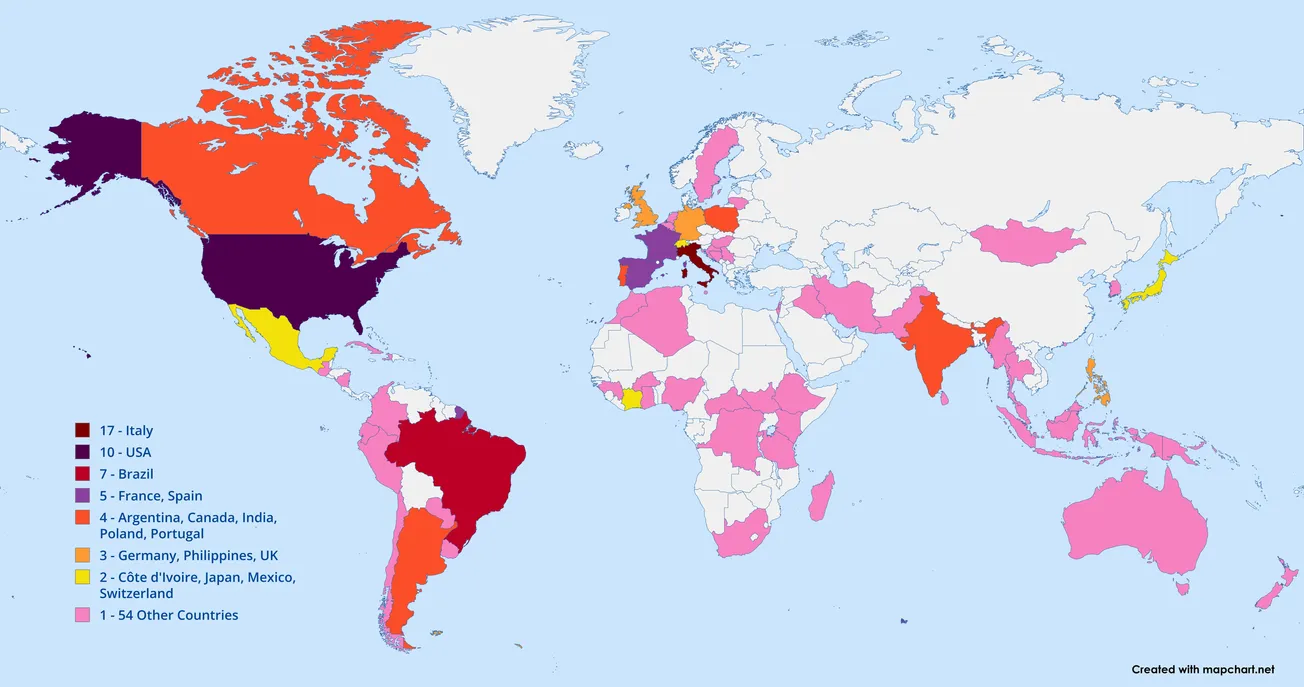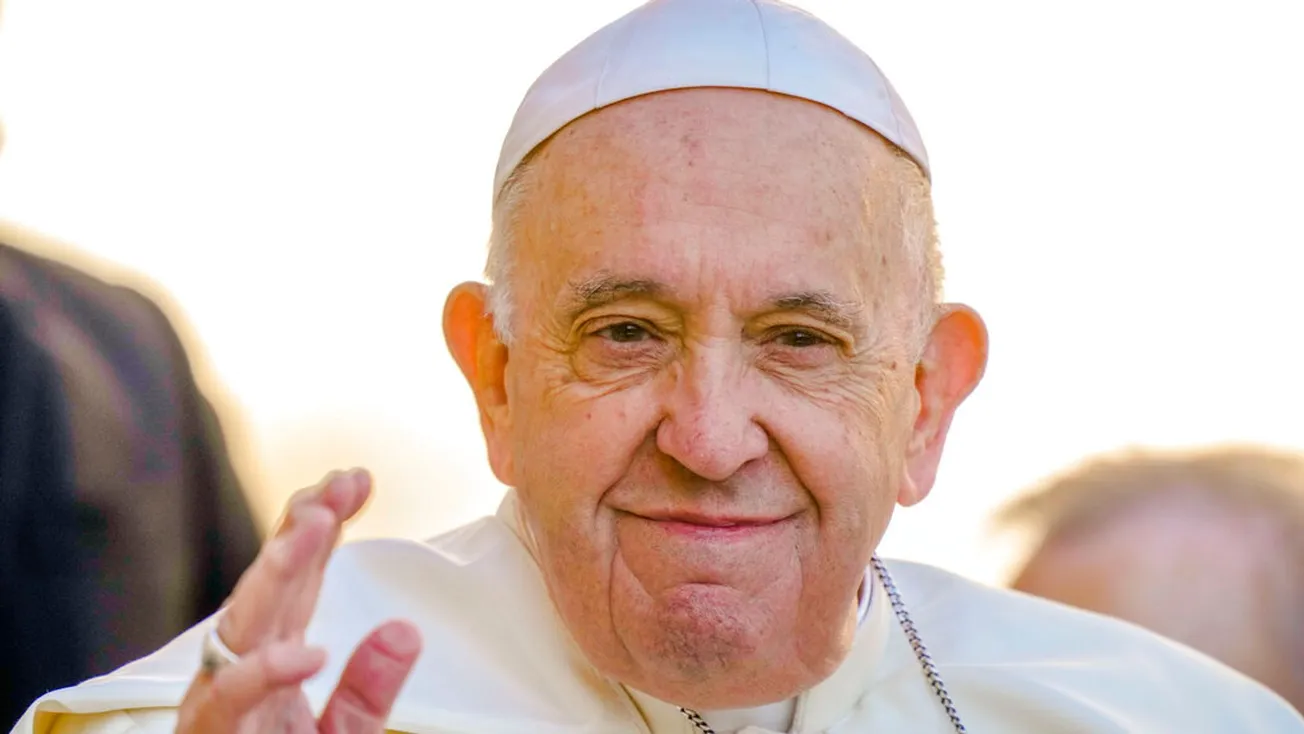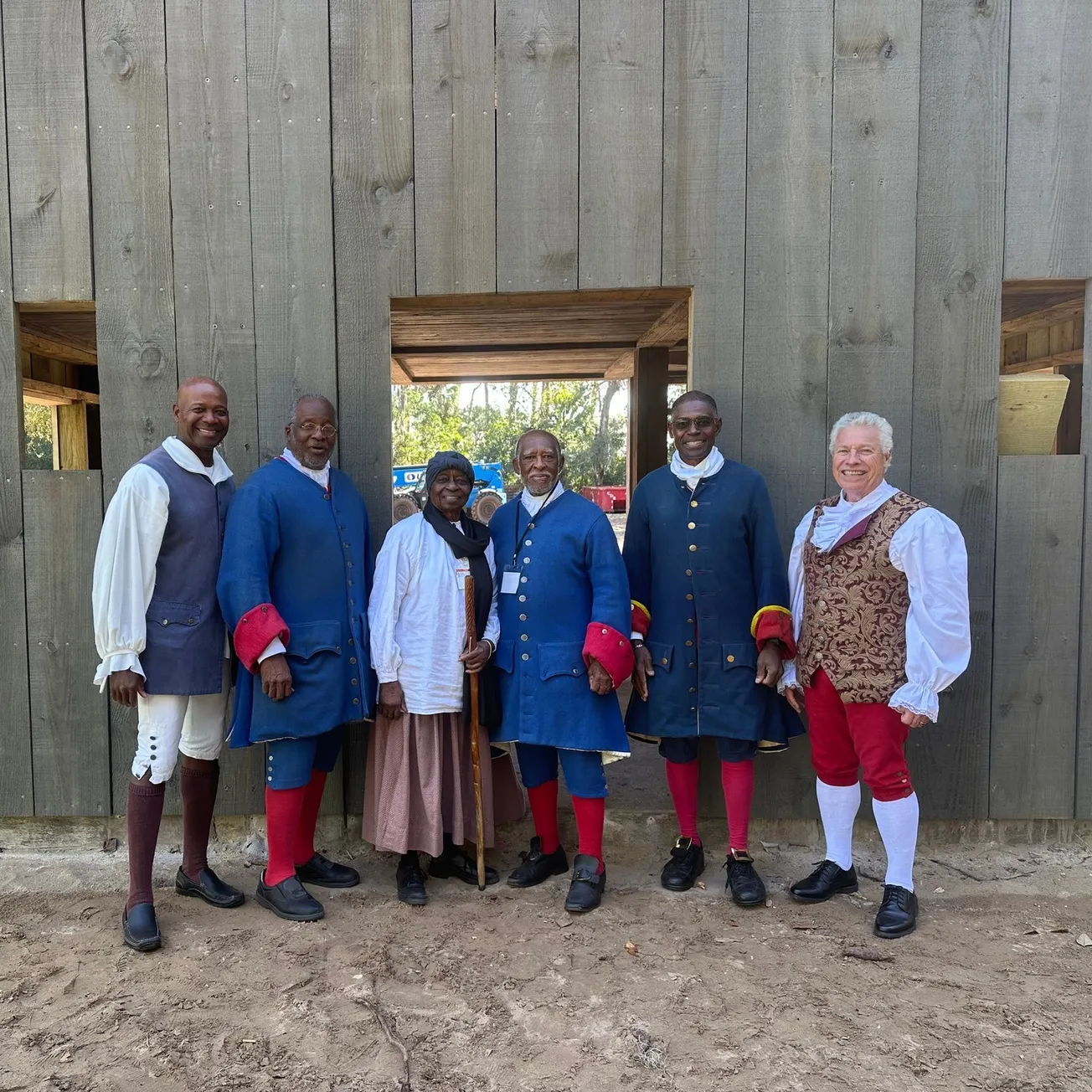“A faith that attempts to be spirit-filled. The old ladies say that if you love the Lord your God with your whole heart, and your whole soul, and your whole mind, and all your strength, then you praise the Lord with your whole heart and soul and mind and strength and you don’t bring him any feeble service.”
—Servant of God Thea Bowman, during her 1989 address to the US Conference of Catholic Bishops
This preaching that comes from my great ancestor Sister Thea Bowman, FSPA reassures and comforts me, gives me confidence to praise the Lord and love the Lord with my gifts because my gifts are good.
I live across many silos. I’m a Black, single, Catholic woman with no children, a pastoral minister for the Catholic Church, a sister, cousin, loving aunt, and friend. It’d be simpler to be Catholic on Sunday morning, a Black friend at dinner with family, and a minister on Monday morning, but I don’t think that’s what Sister Thea Bowman teaches, and that’s not what God wants. Sister Thea Bowman would want me to always bring my authentic self to the Lord. As it says in Jeremiah 1:5, “Before I formed you in the womb, I knew you, and before you were born I consecrated you; I appointed you a prophet to the nations.”
I enjoy my life, but as a Black and Catholic, I find myself in a “double bind,” a phrase coined by theologian Dr. Diana Hayes in her book “Forged in the Fiery Furnace” to describe how many African-American Catholics feel about their faith lives.
As a Black Catholic, I have my Catholic faith with the Eucharist, traditions, vocations and service, yet I have my Black faith heritage with its strong spirituality and spirituals, communion, preaching, colors, hospitality, and community. All of this leads to holiness. Must I choose one over the other?
This may be why stories about Sister Thea Bowman draw me in—because she seemed to have an inspired assurance in herself, her mission, in her service, her prayer, her song, her teaching. I’m sure Sister Thea didn’t allow the “double bind” to get in her way. And this gives me confidence.
Born Bertha Elizabeth Bowman on December 29, 1937, in Mississippi, Sister Thea Bowman was the only child of Mary, a teacher, and Dr. Theon Bowman, a Meharry Medical School graduate and physician. Though her parents were blessed materially, they lived modestly and dedicated their lives to the less fortunate, according to Charlene Smith and John Feister in “Thea’s Song: The Life of Thea Bowman.”
“I was taught to do my best, try my hardest and keep striving up the ladder. But at each rung I was to reach back and help a brother, sister, or stranger receive the gift and pass it on and thus help to create a more caring, sharing world”
—Bowman, CUA Magazine, Winter 1990
Bertha Elizabeth attended segregated public schools in the Canton, Mississippi community and, though she was gifted, didn’t do well at the poorly-staffed and under-resourced institutions. In sixth grade, Bertha’s parents enrolled her in the Holy Child Jesus Mission for African Americans, staffed by the Franciscan Sisters of Perpetual Adoration. She excelled in her academics and adopted a strong prayer life there.
This quality Catholic education and these experiences weren’t enough to shield her from the injustices of the 1940s and 1950s, however, including segregated facilities, inequality, racism, and verbal and physical violence against Black and Chinese persons.
But there was something about the Catholic faith that inspired the child Bertha Elizabeth—she liked how Catholics loved those whom they served, and how they put their faith into service. And she soon converted to Catholicism.
“As a child I didn’t recognize evangelization at work in my life. I did recognize love, service, community, prayer and faith”
—Bowman in “The Non-Catholic in Catholic School”, National Catholic Education Association, 1984-1987
At age 15, Bertha Elizabeth told her parents of her wishes to enter the convent. Her parents said no at first, but relented after their daughter’s persistence. During her years in the convent, she was often alone in the White congregation, but had her Negro spirituality and history to keep her going. She was assigned the name Sister Mary Thea during her formation.
Sister Thea Bowman then taught at Viterbo College, her alma mater, before returning to Canton to care for her aging parents. It was during this time that her influence on Black Catholic culture increased. She used her gifts as a vocalist, charismatic, liturgist, scholar, and preacher to help build intercultural awareness and build up the Black Catholic community. She dressed in African-styled clothing with brightly colored garments and displayed African art in her home and church. She was her authentic self.
“Touch me with your grace. Touch me with your wisdom. Touch me with your love so that I can help somebody. So that I can serve somebody, so that I can bless somebody”
—Bowman on “Healing Ministry” at St. Stephen's Catholic Church in Minneapolis, 1989
When I first moved to Michigan, I attended different Catholic churches. They were normal—Masses were offered on weekends, young adult activities occurred throughout the week. I’d never attended a Catholic Church with Black culture infused into it—I didn’t think it existed. Then a co-worker recommended a few parishes in the city of Detroit. I settled on St. Gerard on Detroit’s northwest side (now Corpus Christi Catholic Church).
The music was good and soulful, the Liturgy of the Eucharist during Mass was offered well and reverently, not rushed. The preaching was intentional, and the people were warm and hospitable. People sang and prayed loudly, served the poor and each other. It was a diverse but unified experience. Many of the parish leaders looked like me. I joined, relieved that I didn’t have to leave my Black spirituality at the parish door—she could come inside with me.
“What does it mean to be Black and Catholic? It means that I come to my Church fully functioning. That doesn’t frighten you, does it? I come to my Church fully functioning. I bring myself: my Black self, all that I am, all that I have, all that I hope to become. I bring my whole history—my traditions, my experience, my culture, my African-American song and dance and gesture and movement and teaching and preaching and healing and responsibility—as gifts to the Church.”
—Bowman, USCCB, 1989
And to me, this is what it means to bring my authentic self — to not feel compelled to choose between Black or Catholic, but to be confident, knowing that I can come to my Church fully functioning, with all that I have, with all that I hope to become, to help build up the body of Christ.
This article was originally published in the Archdiocese of Detroit's Unleash the Gospel magazine.
Vickie Figueroa is the director of cultural ministries and coordinator of Black Catholic ministry for the Archdiocese of Detroit.



